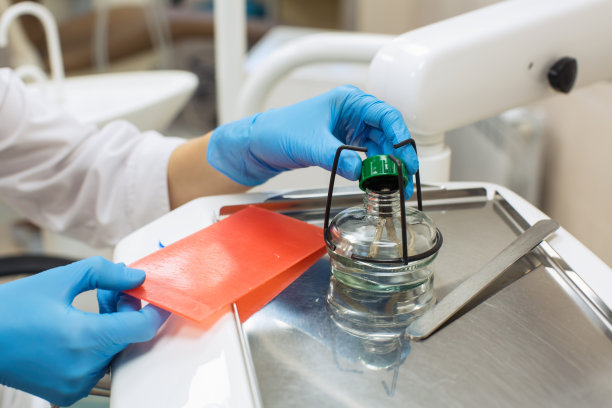Navigating the Journey of Dental Implant Treatment from Consultation to Successful Recovery for a Confident Smile
Summary: Navigating the process of dental implant treatment is crucial for achieving a confident smile. This journey begins with a thorough consultation, where dental professionals assess individual needs and outline the treatment plan. Following this, the surgical phase involves implant placement, which is followed by healing and recovery. Post-operative care and ongoing maintenance are essential for the longevity of the implants and the overall satisfaction of the patient. This guide aims to provide a comprehensive overview of each stage in the dental implant treatment process, highlighting the importance of patient education and collaboration with dental professionals for successful outcomes.
1. Understanding the Initial Consultation Process

The initial consultation is a pivotal first step in the dental implant journey. During this session, the dental professional evaluates the patients oral health, discusses medical history, and identifies issues that may affect the implant procedure. Detailed imaging, such as X-rays or 3D scans, is often performed to provide a clear picture of the jawbone and surrounding structures.
In addition to clinical assessments, this meeting serves as an opportunity for patients to voice concerns and ask questions about the procedure. Knowledgeable practitioners often provide patients with a comprehensive overview of the potential risks and benefits of dental implants, ensuring that they make an informed decision.
Following the assessment, a personalized treatment plan is created that outlines timelines, costs, and the steps involved in the procedure. This collaborative approach fosters trust and prepares the patient for the journey ahead.
2. The Surgical Phase of Implant Placement
The surgical phase is one of the most critical parts of dental implant treatment. It involves the placement of the titanium implant into the jawbone, which will eventually fuse with the bone in a process called osseointegration. This procedure is typically performed under local anesthesia or sedation to ensure patient comfort.
Once the implants are placed, the healing process begins. For some patients, the integration phase can take several months, during which time patients are often provided with temporary solutions to maintain function and aesthetics. Its vital to follow all post-operative care instructions during this period to promote optimal healing and prevent complications.
The surgical teams expertise plays a key role in the success of the implant. Choosing a skilled implantologist can greatly impact the outcome, as they can anticipate and manage any potential complications that may arise during surgery.
3. Recovery and Healing After Surgery
The recovery phase is critical to ensure the success of dental implants. Patients may experience swelling, discomfort, and minor bleeding in the first few days following the procedure. Adhering to prescribed postoperative care routines, including pain management strategies, is essential for a smooth recovery.
Diet plays a significant role during this healing period. Soft foods are generally recommended to avoid straining the surgical site. Staying hydrated and maintaining balanced nutrition can aid in healing and contribute to a more successful integration of the implant.
Regular follow-up visits with dental professionals help track recovery progress and identify any concerns early on. These visits not only reassure patients but also provide opportunities to discuss any questions or feelings experienced during the healing process.
4. Long-Term Care and Maintenance of Implants
Long-term care is essential to ensuring the longevity of dental implants. Regular dental check-ups allow for monitoring of implant health, cleaning, and necessary adjustments. Dental hygiene practices, including brushing and flossing, must be maintained to prevent peri-implant diseases, which can threaten the success of the implants.
Patients should also be informed about lifestyle choices that impact implant health. Avoiding tobacco products and excessive alcohol, as well as managing conditions like diabetes, are crucial for sustaining oral health.
The integration of dental implants into daily routines can eventually restore confidence in one’s smile and functionality. As patients become accustomed to their implants, the need for proactive care will become clear, reinforcing the importance of collaboration with dental care professionals.
Summary:
The journey of dental implant treatment, from consultation through recovery, is a comprehensive process requiring patient involvement and professional guidance. Each stage, from the initial consultation to surgical placement, healing, and long-term maintenance, plays a vital role in ensuring the success and longevity of dental implants. This cohesive approach enables patients to regain their confident smiles while maintaining optimal oral health.
This article is compiled by Vickong Dental and the content is for reference only.



